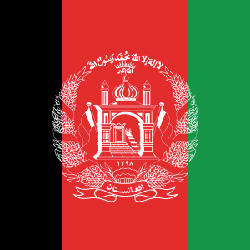New government, old challenges
akistan continues to face longstanding challenges in meeting its external financing needs and sustaining foreign exchange reserves at acceptable levels. This has significantly hindered its potential for GDP growth. The country’s economic condition has been precarious, particularly since the last quarter of 2022, when the government’s adoption of contractionary measures resulted in suppression of GDP growth, which plummeted from 6.1 percent in fiscal year 2022 to a mere 0.3 percent in FY 2023. Concurrently, inflation has soared, reaching an alarming 29 percent in FY 23, further exacerbating economic instability.
The repercussions of the economic meltdown have persisted, as evidenced by the recent Monetary Policy Statement issued by the State Bank of Pakistan. It projects that inflation will hovering between 23 percent and 25 percent for FY 24. The forecast appears optimistic, given that the average consumer price index for the first seven months has been 28.73 percent. The persistent inflationary pressure not only challenges the country’s growth trajectory but also underscores the urgent need for comprehensive measures to address the underlying structural issues to restore and sustain economic stability.
Pakistan’s current engagement with the International Monetary Fund under its 9-month $3 billion standby arrangement remains steadfast, with expectations set for its successful culmination by March 2023, following completion of the second review. It is clear that a more substantial financial injection through another arrangement with the IMF will be necessary.
The recent review by the IMF, delving into sovereign risk and debt sustainability analysis, sheds light........
© The News on Sunday






















 Toi Staff
Toi Staff Andrew Mitrovica
Andrew Mitrovica Belen Fernandez
Belen Fernandez Gideon Levy
Gideon Levy Rachel Marsden
Rachel Marsden Tarik Cyril Amar
Tarik Cyril Amar Warren J. Blumenfeld
Warren J. Blumenfeld Dr Ramzy Baroud
Dr Ramzy Baroud Patrick Gathara
Patrick Gathara Brad Glosserman
Brad Glosserman
